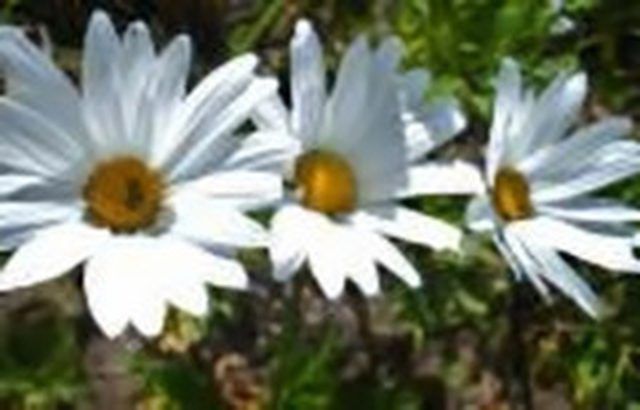Bulbs
Flower Basics
Flower Beds & Specialty Gardens
Flower Garden
Garden Furniture
Garden Gnomes
Garden Seeds
Garden Sheds
Garden Statues
Garden Tools & Supplies
Gardening Basics
Green & Organic
Groundcovers & Vines
Growing Annuals
Growing Basil
Growing Beans
Growing Berries
Growing Blueberries
Growing Cactus
Growing Corn
Growing Cotton
Growing Edibles
Growing Flowers
Growing Garlic
Growing Grapes
Growing Grass
Growing Herbs
Growing Jasmine
Growing Mint
Growing Mushrooms
Orchids
Growing Peanuts
Growing Perennials
Growing Plants
Growing Rosemary
Growing Roses
Growing Strawberries
Growing Sunflowers
Growing Thyme
Growing Tomatoes
Growing Tulips
Growing Vegetables
Herb Basics
Herb Garden
Indoor Growing
Landscaping Basics
Landscaping Patios
Landscaping Plants
Landscaping Shrubs
Landscaping Trees
Landscaping Walks & Pathways
Lawn Basics
Lawn Maintenance
Lawn Mowers
Lawn Ornaments
Lawn Planting
Lawn Tools
Outdoor Growing
Overall Landscape Planning
Pests, Weeds & Problems
Plant Basics
Rock Garden
Rose Garden
Shrubs
Soil
Specialty Gardens
Trees
Vegetable Garden
Yard Maintenance
How to Transplant Daisies
How to Transplant Daisies. There are few flowers that are as beautiful as a simple daisy. They can dress up well manicured flower beds and also look magnificent among roadside weeds. While daisies are a favorite flower of summer no matter where they are growing, what if they are located in a spot that just doesn't support them anymore? Can you...

There are few flowers that are as beautiful as a simple daisy. They can dress up well manicured flower beds and also look magnificent among roadside weeds. While daisies are a favorite flower of summer no matter where they are growing, what if they are located in a spot that just doesn't support them anymore? Can you move them to a different part of the lawn or bring them home from that roadside roost? Absolutely, if you time it just right and know what you are doing.
When selecting a site for daisies, it is important to place them in a location with full sun. The best time of the year to transplant is spring, which will allow the root systems to take before winter. Some choose to transplant daisies right after they bloom in early summer.
Prepare the new bed that the daisies will be moving to. Dig a hole twice the size and almost twice as deep as the root ball you are digging up. Fill the hole with water. Even though this will absorb before the new plants come in, it will assure that the new area is moist and will encourage the roots to take.
If you are transplanting daisies by moving them from ground they are already planted in, you want to dig an extra 5 inches out from around the roots. If you are moving some daisies from a large clump, this will give you more that are likely to survive any transplant shock. The larger the root ball area is, the less shock damage will be done to the roots.
Once you have the root ball dug, do not shake any dirt from it if at all possible. This will help keep the root ball intact and minimize shock. Place the root ball into the new location. Cover with dirt mixed with a third of mulch. Water again and if any dirt seems to have run off the roots, be sure to add more to cover. Tamp the dirt down again.
Keep your plants well watered for 3 weeks until the roots have a chance to become grounded in the new location. Sit back and enjoy the beauty of the daisies.

Tips & Warnings
If you are transplanting from a pot, follow the same instructions, using the potted plant in place of one that is dug up.